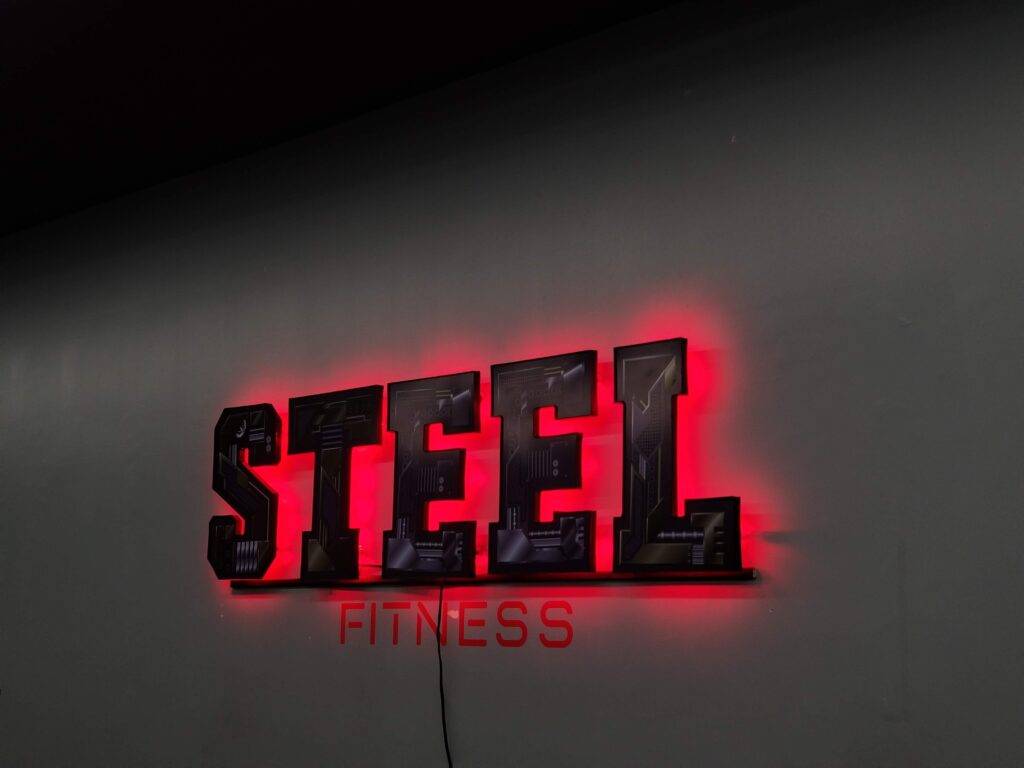Sign Illumination as a design component is frequently overlooked or overused, and can either improve the efficiency of the sign, or make it totally unreadable, and inadequate. I will present some basic details that will assist the reader understand the relationship in between the architectural lighting of a specific job and lighting for finalizing and graphics in general.

Open signs illumination is typically a practical component; it is a practical necessity, which we mainly consider approved. Nonetheless, designers and sign designers likewise utilize light as a versatile design element. Light from different sources can help specify types and areas and boost information. Synthetic light when utilized with some imagination can produce psychological moods. Particularly when used with colorful walls, that can create excitement, significant emphasis, and emotional heat.
Essential architectural jobs are frequently floodlighted at night. A headquarters office building belongs to the corporation’s public image, and appropriate outside lighting improves that image. As well as the outside sign lighting. Existing task lighting utilized to light up signing components will work, if signs are effectively designed, and situated to benefit from it.
There are several basic lighting methods, which associate with the illumination of outside finalizing for architectural projects. These are flood- or highlighting, ambient lighting, internal lighting, and external lighting. In some scenarios outside signs or letters which are cast into the structure wall or set flush with it can be illuminated by spill light from existing or supplemental floodlights. This is typically a suitable and subtle way to determine dignified office complex.

Terrific care must be taken when floodlighting raised, three-dimensional letters of any thickness since shadows cast from the letters can interfere with legibility. Of course, shadows cast by such letters is a typical problem with open signs, whether caused by floodlighting or the sun. However, the designer can sometimes conquer these difficult conditions by picking the best material or surface. For instance, aluminum or bronze letters mounted on a dark granite structure will be quite readable under differing light conditions, if an intense satin surface is used. The designer should always bear in mind the environmental lighting when creating each sign, changing the style, and lighting where possible to collaborate.
Significant identification signs for some tasks are often rather large and located in such a way that floodlighting ought to not be used. A “trough” is designed to be recessed beside pathways and covered with a protective glass diffuser. This design supplies an unobtrusive source of even lighting, which extends the complete length of the sign. Traditional spotlights would have produced hot spots, glare, and uneven lighting.
In the type of spill light from existing architectural lighting, ambient lighting might produce sufficient lighting for lots of pedestrian-oriented signs. For instance, the address numbers or recognition signs at a structure entryway can be brightened by spill light from overhead entrance lighting if colors and materials of these signs contrast well with their backgrounds.
The intensity of ambient light often is a critical element. In car park where existing light requirements might produce just a couple of foot-candles of illumination, parking entryway signs normally need internal lighting. Internal lighting of outside open signs is extremely often required to make them understandable in the evening or to give them unique focus. We make all types of lighted signs but discover that a lot of organization’s will utilize lighted channel letter signs with internal lighting as their best option for reliable sign lighting.





